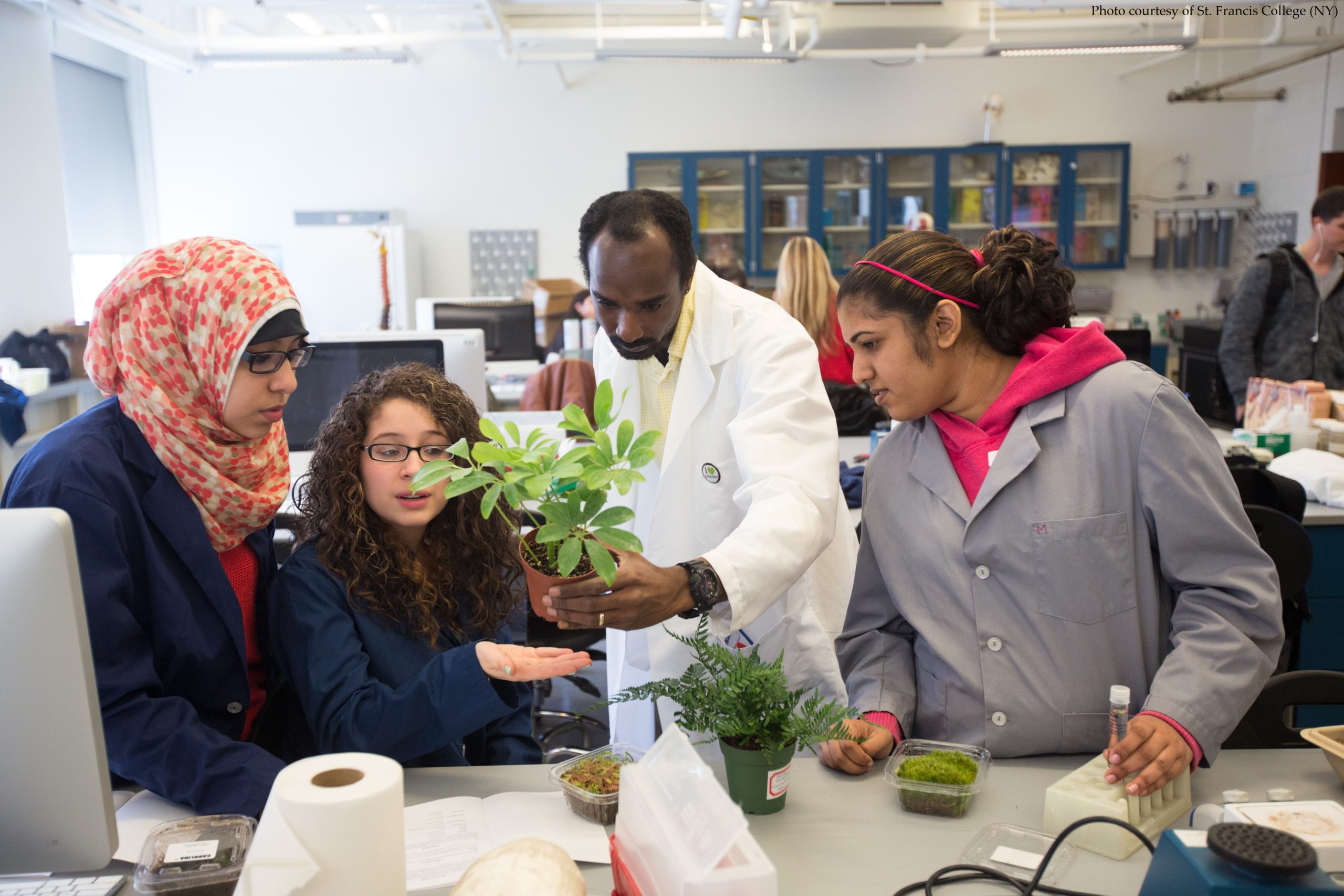Last year's 2018 Annual Meeting for the Association of American Colleges & Universities focused on the question "Can Higher Education Recapture the Elusive American Dream?" When conceptualizing the American Dream, we often think of access, opportunity, and success through hard work and determination. We often forget about the systems, including higher education that have perpetuated inequality. In order to achieve the American Dream, we must conceptualize a system that is inclusive and equitable. So the question becomes, how do we realize this dream?
Tom Nelson Laird, Director for the Center for Postsecondary Research, and Allison BrckaLorenz, FSSE Project Manager, addressed this question in their study, "An Inclusive Dream Runs Through the Faculty, But Which Faculty". The presentation focused on three facets of inclusive faculty in academia:
- Faculty of the Future: Projected faculty characteristics in 10 years
- Faculty at Inclusive Institutions: Faculty at 50 NSSE institutions
- Inclusive Faculty: 1,000 highest scoring faculty on FSSE
Projected faculty characteristics would represent a more demographically diverse professoriate, with more racially and ethnically minoritized faculty and women entering the field. We also expect there to be fewer full-time faculty and an increase in both part-time faculty and lecturers. Faculty at more inclusive institutions based on <NSSE data> were more likely to be women (57% compared to 55%) as well as more likely to be White (77% compared to 68%) and/or part-time (45% compared to 42%). Interestingly, compared to other faculty, the top 1,000 most inclusive faculty were more likely to be full-time (76% compared to 58%), multiracial (5% compared to 1%), and women (60% compared to 55%). Inclusive faculty were also less likely to be in STEM fields or health professions but more likely to be in social services or arts & humanities.

Presenters and participants in the audience discussed what these results mean for individual campuses as well as higher education as a whole. If the demographic profile of our faculty are changing as fewer assume full-time positions, is this for the better? How do we both encourage faculty to incorporate inclusive practices into their courses and simultaneously support those who already do? Looking forward, it is important to consider how these changes may influence the college experience. Educational leaders should keep these findings in mind when evaluating professional development opportunities and hiring practices.
For more information, contact Tom Nelson Laird or Allison BrckaLorenz. Additionally, see coverage for this story in Inside Higher Ed.


